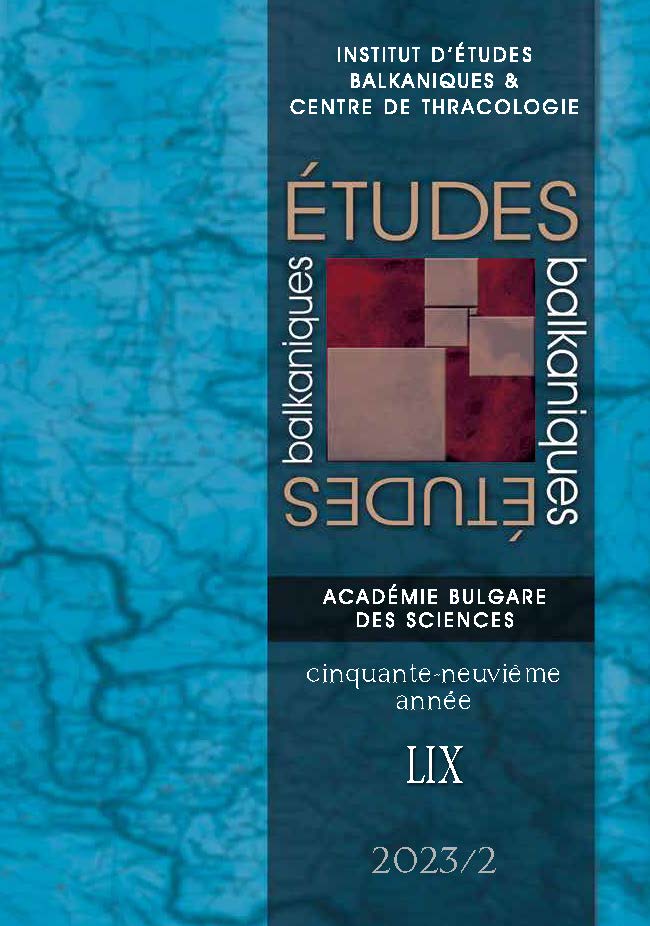LE MUSÉE DES PROPHÉTIES DE KREMNA (SERBIE OCCIDENTALE) AU CROISEMENT DES FRONTIÈRES ET DES PATRIMOINES
THE MUSEUM OF PROPHECY IN KREMNA (WESTERN SERBIA) AT THE CROSSROADS OF BORDERS, BOUNDARIES AND IN/TANGIBLE HERITAGES
Author(s): Galia ValtchinovaSubject(s): History, Anthropology, Social Sciences, Sociology, Local History / Microhistory, Social history, Special Historiographies:, Cultural Anthropology / Ethnology, Culture and social structure , Nationalism Studies, The Ottoman Empire, Between Berlin Congress and WW I, Migration Studies, Ethnic Minorities Studies, Identity of Collectives
Published by: Институт за балканистика с Център по тракология - Българска академия на науките
Keywords: Andrić, border; boundary; Kremna; Kusturica; prophecy; Serbia; Tarabić; Višegrad; Užice;
Summary/Abstract: The paper is focused on Kremna, a village in Western Serbia close to the Serbian-Bosnian border where a series of prophetic pronouncements, recorded and publicized in the early 20th century, gained momentum during the demise of Yugoslavia and are undergoing a process of heritage-making. It builds on two kinds of ethnography: visits of the field “site” which is the Museum/Memorial of the Prophecy”, and an ethnography of a main road which crosses the state border and relates two former Yugoslav countries. The first and longer part of the paper is dedicated to Kremna, its prophets, the prophecies and to those promoting it as the “Serbian Delphi”. It first outlines the local context and the history of the purportedly prophetic pronouncements subsequently known by the name of the village. It uncovers the logic and the circumstances in which the Kremna prophecies have been brought to public knowledge, to become a banner of Serbian national aspirations and during the last decades, of nationalism. A special section is dedicated to the legitimation of local prophets and the inscription of their work in the longue durée history as well as in cosmic processes. The second part evolves around the ethnography of the road Užice-Višegrad, Kremna being half way from both. It helps to grasp the overall landscape of history- memory- and heritage sites, the dynamics of their intertwining, and the creation of a kind of symbolic grammar of events, personae and cultural items which impacts the historical imagination. Throughout the paper, attention is paid to the importance of border and of boundaries broadly speaking in the microareas where outspoken national prophets are born and have lived.
Journal: Études balkaniques
- Issue Year: 2023
- Issue No: 2
- Page Range: 346-380
- Page Count: 35
- Language: French
- Content File-PDF

